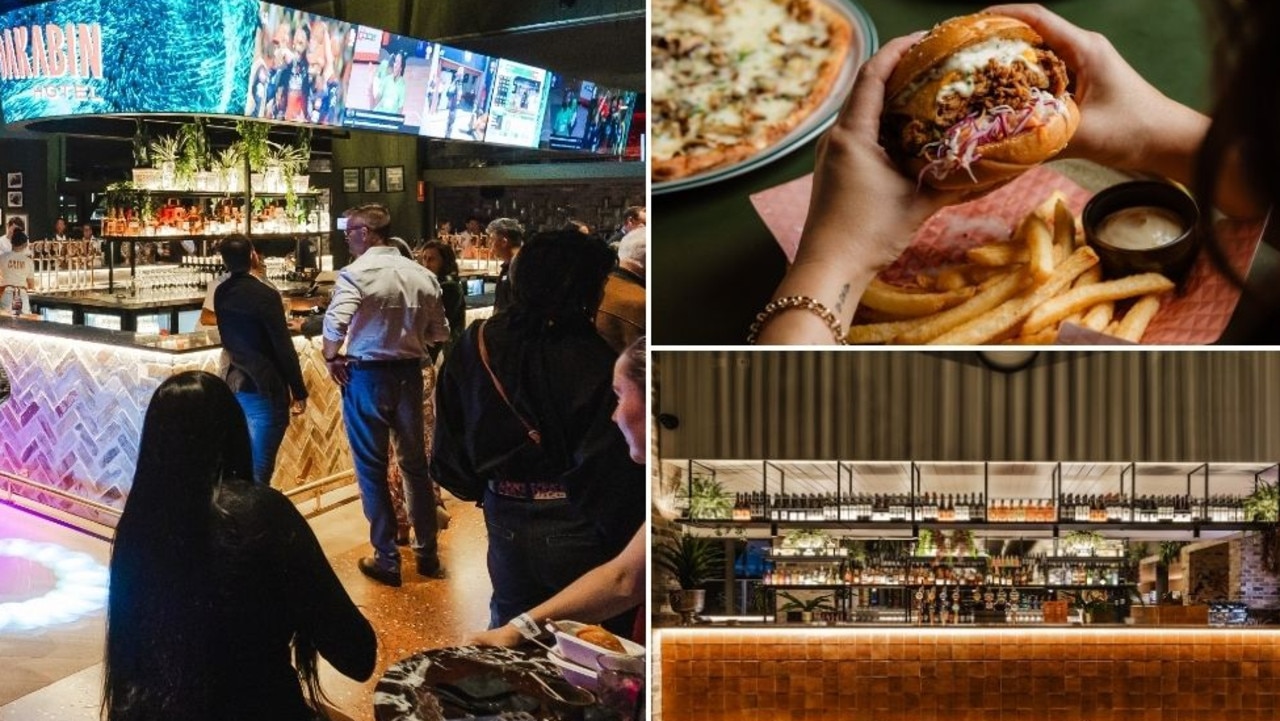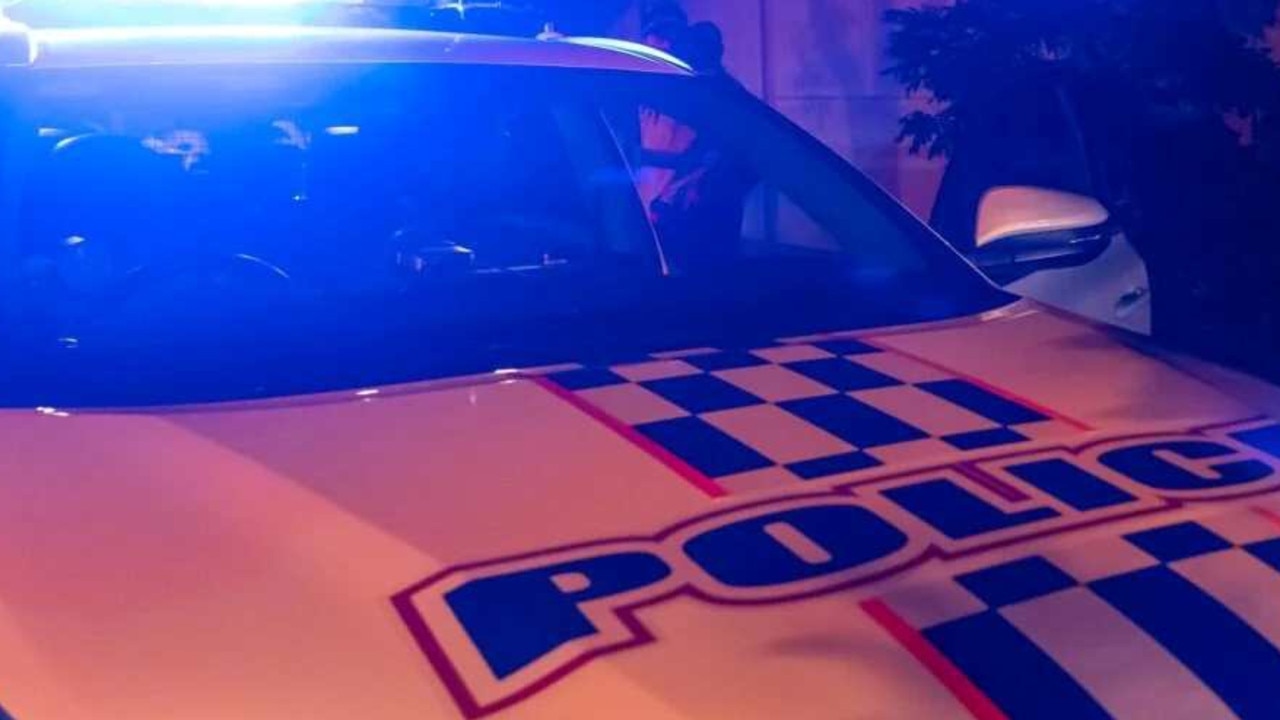Step back in time to relive region’s seaside past
SAFE beaches, great fishing, family events and fish chips have attracted visitors to Bribie Island and Redcliffe for longer than most people can remember. Here’s a look back to our seaside past.
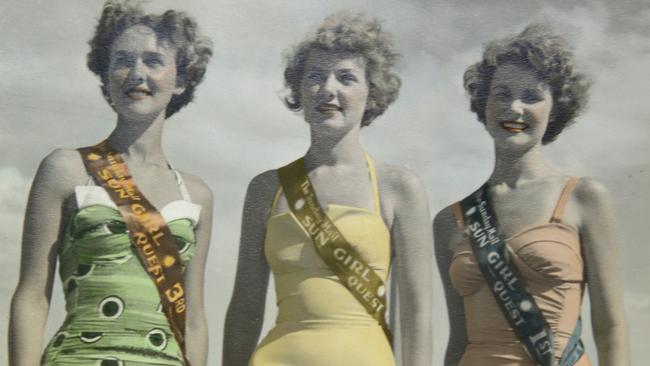
Moreton Life
Don't miss out on the headlines from Moreton Life. Followed categories will be added to My News.
SAFE beaches, great fishing, family events, a relaxed vibe, and fish chips have been attracting visitors to Bribie Island and the Redcliffe Peninsula for longer than most people can remember.
At the start of the 20th century, if holiday-makers wanted to visit the popular seaside destinations, they would take the SS Koopa, a steamer that made its first trip with paying passengers on Boxing Day, 1911.
It ran from Brisbane’s Customs House to Woody Point Jetty, then to Redcliffe Jetty and on to Bribie Island for 31 years.
Research by Bribie Island Historical Society says the trip from Brisbane to Bribie on the SS Koopa and later SS Doomba had a luxury atmosphere with a dining saloon, gambling and licensed bar.
An orchestra provided music, for dances, community singing, and concerts.
On the way back, passengers were loaded up with large bunches of wildflowers, bottles of Bestmann’s honey, Bestmann’s wine and seafood. Bongaree jetty was famous as Australia’s top location for catching Australia’s largest fish — groper.
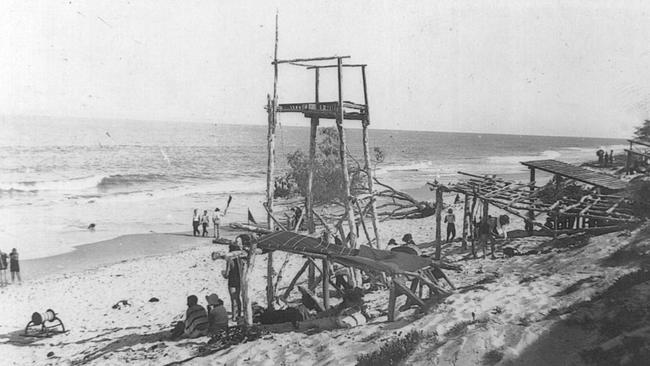
History Redcliffe’s Pat Gee says in the 1930s entertainment committees were formed on the Redcliffe Peninsula in a bid to generate more activity in foreshore areas. There were sand garden competitions at Woody Point, Margate and Suttons Beach, as well as treasure hunts and other family orientated activities.
These lost their appeal after the end of WWII and new activities such as the Sunday Mail Sun Girl competition were born. This was hugely popular in the 1950s.
Every seaside town from Byron Bay to Cairns would have heats, with local girls and holiday makers competing. The finals, held on Suttons Beach, drew thousands of spectators and supporters.
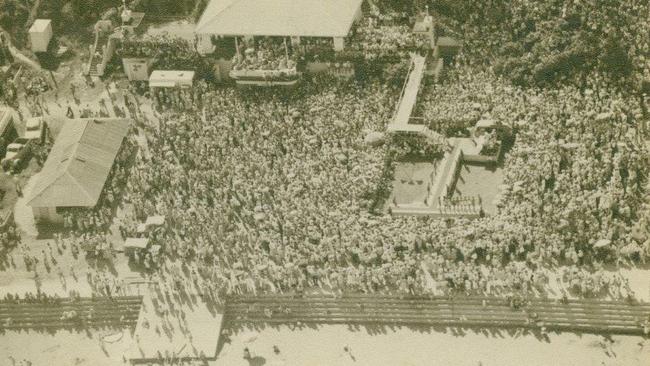
Attracting tourists was tougher in the 1960s and ’70s, as more people could afford cars, tyres and petrol and went further afield to the Gold and Sunshine Coasts.
This meant the Redcliffe community had to come up with ways to draw people and their spending money there.
Saturday shopping was a huge drawcard.
“It was big. No one else had it,” History Redcliffe’s Margaret Harding says.
Picture theatres, the skating rink (1938-1985) and cafes also drew crowds.
The tourist dollar also inspired local entrepreneurs who sold soft-serve ice cream, fish and chips and even hot water from laundry coppers for cups of tea and coffee on the beach.

